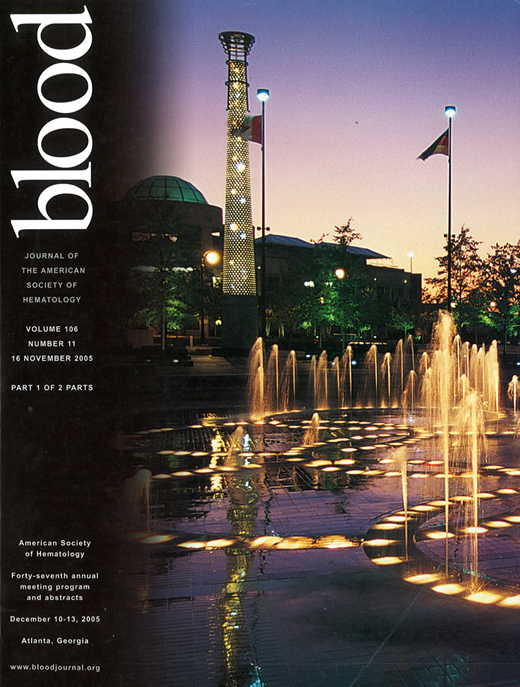Abstract
Lymphomatoid papulosis (LyP) is a CD30+ cutaneous lymphoma according to the WHO classifications and regarded as a condition of uncertain malignant potential. The incidence of LyP in children is relatively low compared to that in adults. It is correlated with malignant lymphomas in 5–20% of adult LyP-patients. In children, an increased risk for the development of a malignant lymphoma is observed. The clinical course is often chronic. Most common treatment for LyP is topical steroids, antibiotics, phototherapy and low-dose methotrexate. Prognosis is excellent with a survival of 100% even for patients with malignant lymphomas. Case-report: An 8-years old boy suffered from reddish nodules (maximum 7 cm in diameter) on his right forearm and his left leg. Immunohistochemical analysis identified a CD30+large-T-cell-type-NHL of the skin. Topic steroids were effective but six months later he showed axillar lymph-node swelling. Immunohistochemically it was classified as anaplastic large cell T-type-lymphoma (ALCL) without signs of systemic involvement. Combination chemotherapy according to the European ALCL-trial (high-risk-group) was given for six months. All nodules (cutaneous and lympoid/axilla) resolved within a few weeks. Two months after cessation of chemotherapy a new skin-nodule on the left forearm appeared. The immunohistochemical diagnosis was now LyP. No specific therapy was given. In the following two months he developed two further solid and painful skin-lesions. In this situation we decided to start a therapeutic approach with subcutaneous mistleote (MT), which was injected close to one of these lesions. The skin-nodules decreased after the first dose and MT injections into all nodules were continued. Within the following two weeks the skin-lesions resolved completely and subcutaneous MT therapy was continued. Two months later, he developed two new nodules responding within a few days to increased dose of MT. While continuation therapy with MT the boy was without clinical signs both of the LvP and ALCL for nearly two years. Subsequently MT therapy was terminated. Three weeks after cessation the cutaneus LyP generally reactivated all over the body with typical nodules (maximum 1 cm in diameter). Subcutaneus MT therapy was restarted and the cutnaneus LyP regressed within 2 weeks completely without additional therapy.
Author notes
Corresponding author

